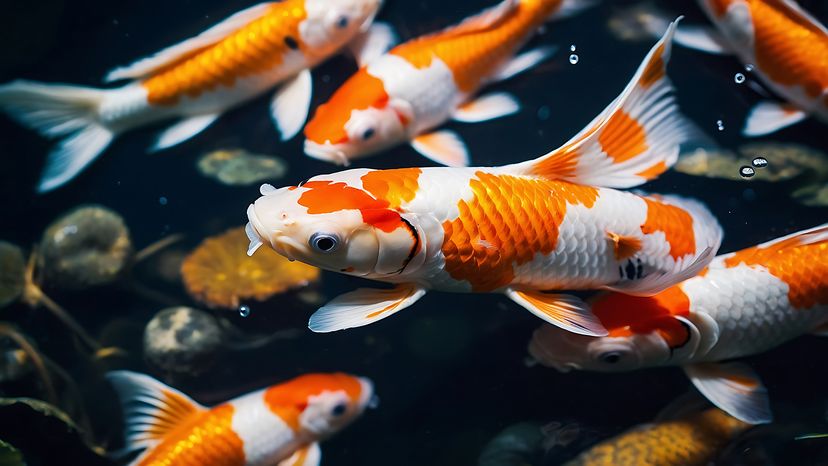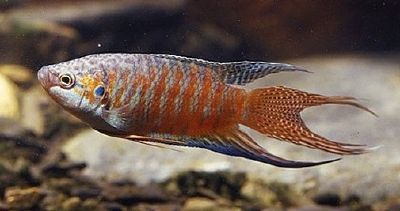Love the loyalty of a pup but just can't make the commitment? OK, so a koi fish isn't exactly snuggly, but experts say you can train them to eat out of your hand, so that counts for something, right? Casey LeFever, co-owner of Next Day Koi, says:
"Yes, koi can be trained to eat out of your hand. It's all about acclimating them to your presence by the pond or tank. To your fish, you look like a hungry predator when you hang out around the side of the pond. Start by throwing some food in while sitting nearby, but not reaching into the water. They will slowly become acclimated to your presence and you can work your way closer, eventually close enough to stick your hand in the water. Once they learn your hand is not a threat they will come up and eat food out of your hand. There are floating food rings that can help to keep the food close to the edge of the pond."
The fish has to feel very safe and secure in order to be comfortable enough to nibble out of your palm, so slowly getting them accustomed to your presence is key. The type of koi you try to train can matter too.
"Make sure you have at least one friendly variety such as Chagoi, Soragoi, Ogon or Karashi," Kodama advises. "Feed them Manda Fu, a special food for hand-feed training."
Do Your Research on Koi Fish Care
You might be stoked to become a proud koi owner now, but experts advise taking your time and learning the ins and outs before diving right in.
"Koi keeping takes some amount of knowledge and learning to be able to provide a healthy environment for your fish as well as diagnose and treat problems when they arise," LeFever says. "Educating yourself about proper pond construction, water quality and the nitrogen cycle, how to take gill and slime coat samples to examine under a microscope, and how to diagnose and treat common illnesses will go a long way toward saving money, keeping your fish healthy and keeping your stress levels down."



